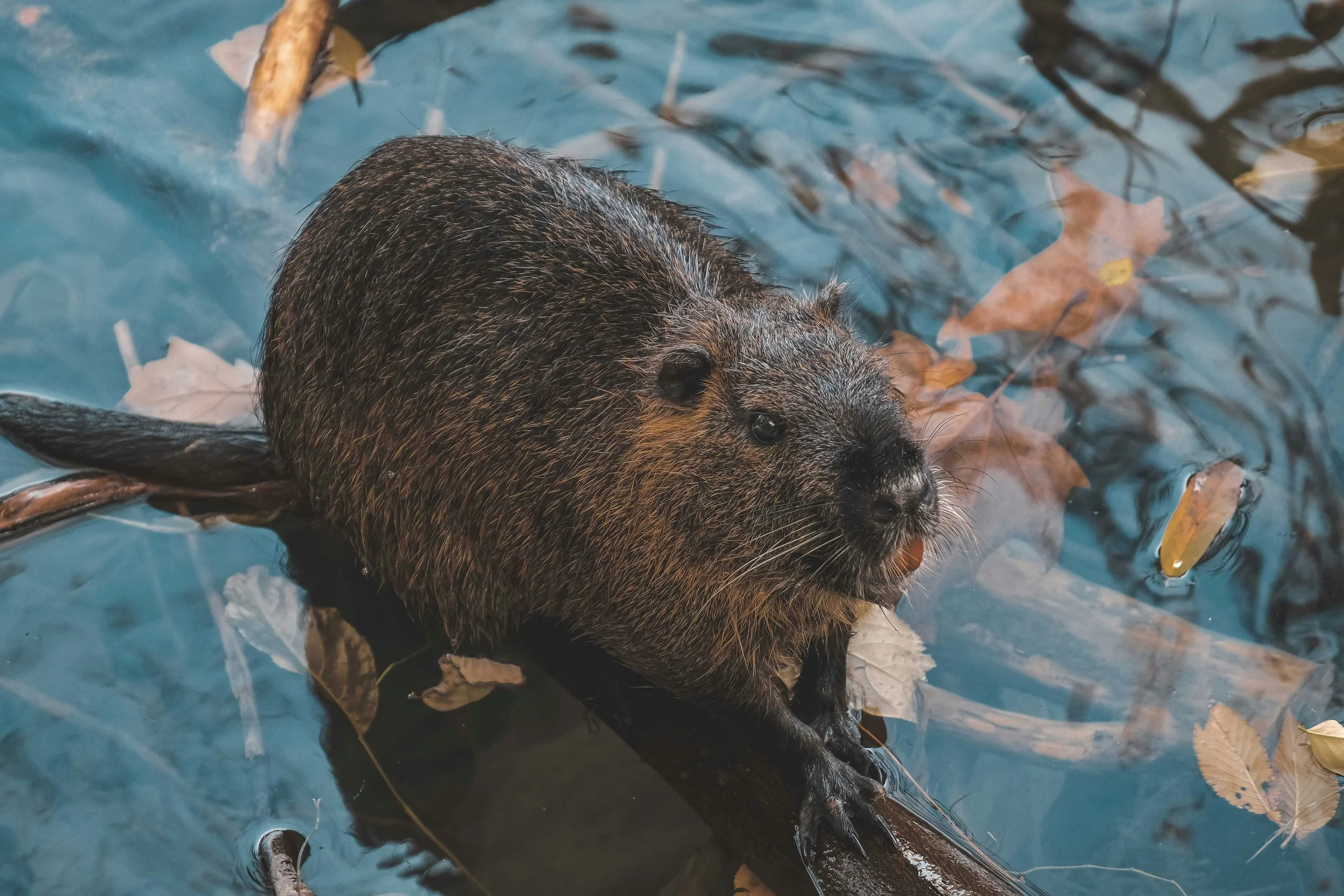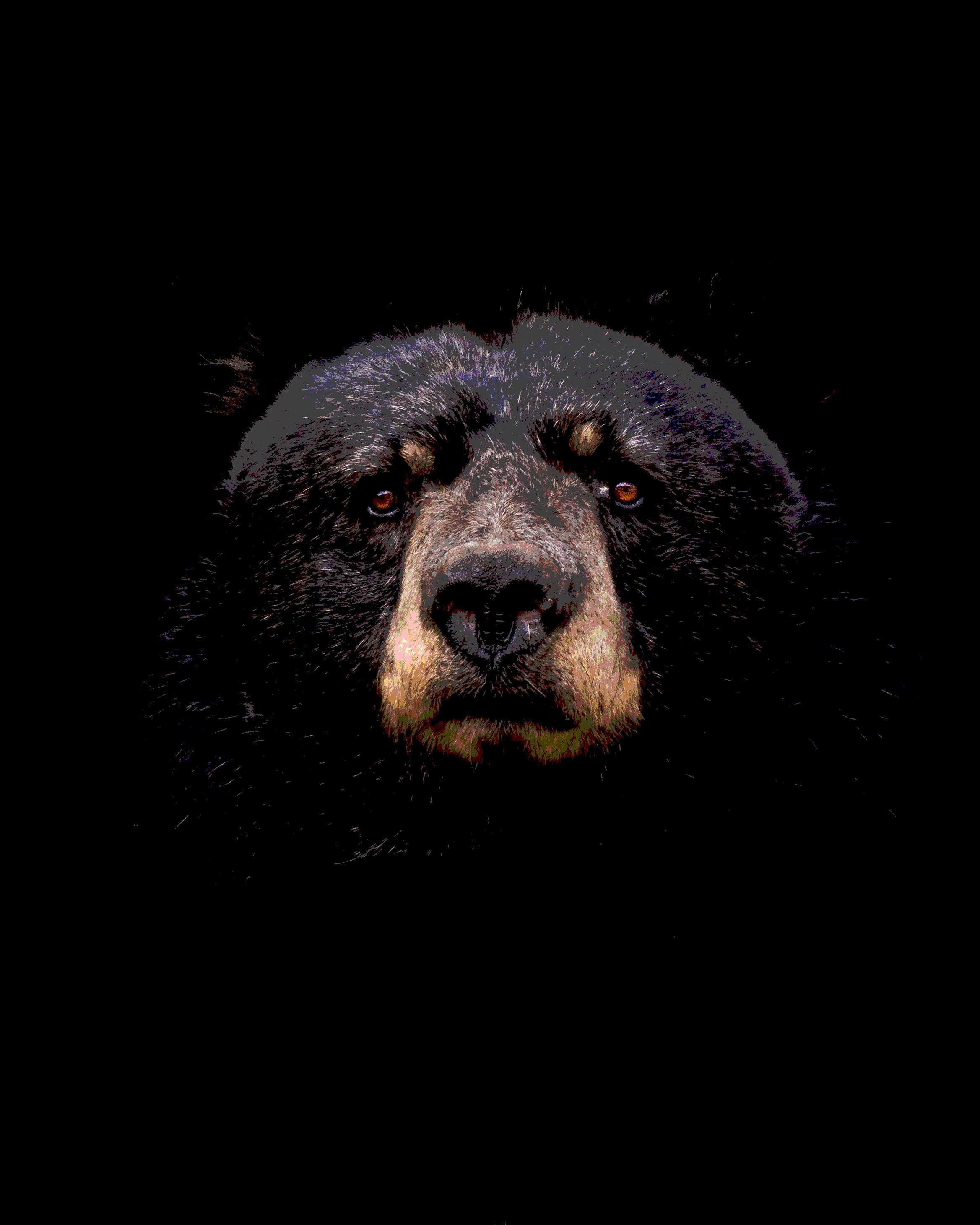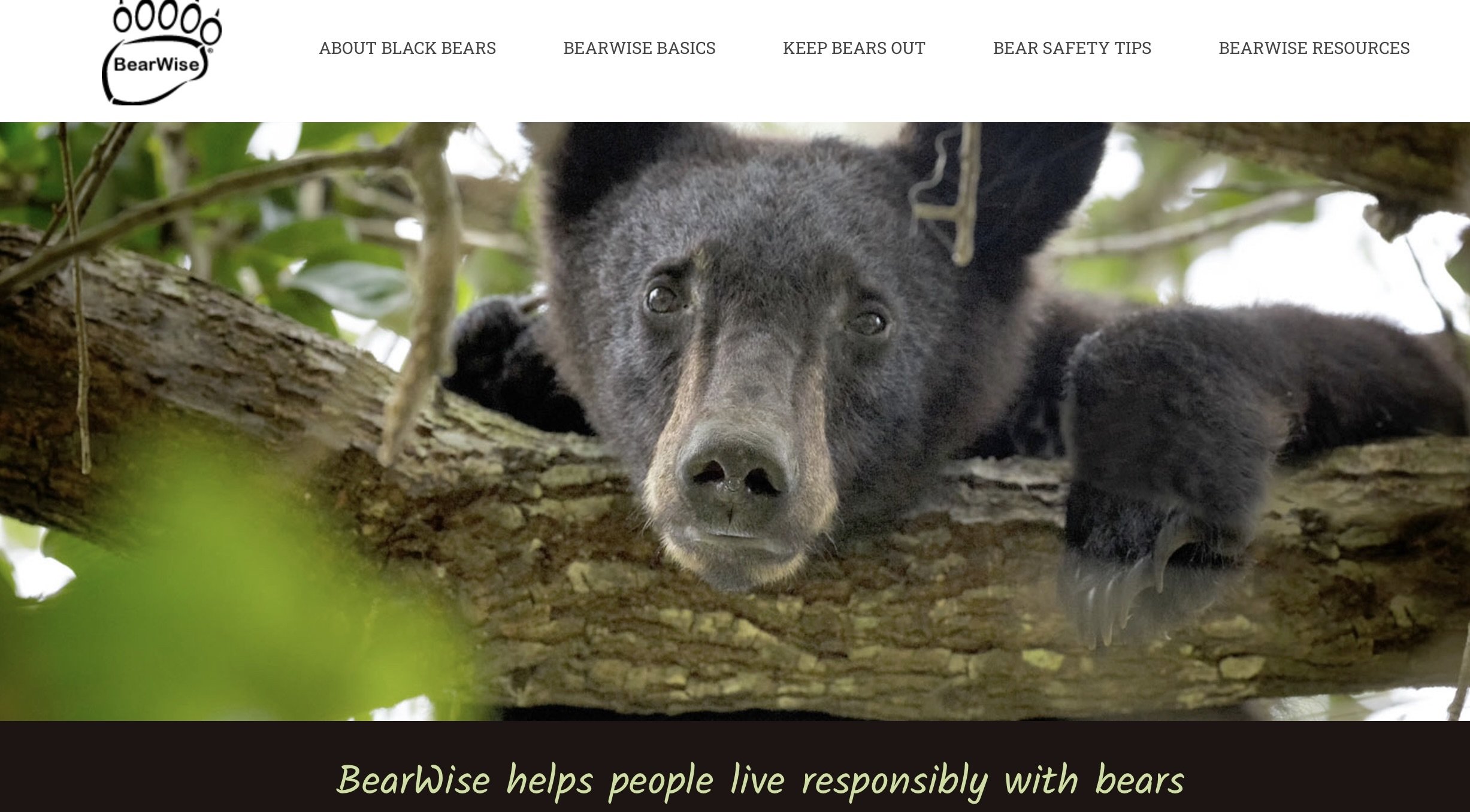
LIVING WITH WILDLIFE
Check out these quick tips on coexisting with wildlife
Birds
Birds of Prey
Coyotes
Elk
Moose
Wild Felines
Mule Deer
Reptiles
Bats
Amphibians
Coexisting:
Unwanted GuestS
Black Bear - see more below
Wolves
Rodents
COEXISTING: Don’t feed wildlife EVER
An important reminder from North Texas Wildlife Center
Dehydration is a critical issue for wildlife, especially during periods of extreme heat or in habitats with limited water sources.
Animals, like humans, rely on hydration to maintain essential bodily functions, and dehydration can lead to serious health issues or even death.
When babies lose their mama, they may be too small to care for themselves or they may be too injured to get to a water source safely. A lot of times, they arrive dehydrated- sometimes, critically dehydrated.
One of the reasons why wildlife rehabbers advise you to not give food or water unless you are experienced, is because we have to go through a rehydration protocol. Depending on the species, severity, age, and other factors about their condition, this protocol varies.
Sometimes, dehydrated babies look pretty normal to the average eye. When we get them in and begin our intake assessment, we take note of many factors, including the color of their urine, their abdomen size, a skin turgor test, their tails, and even how their eyes sit into their sockets.
Learn more here.
Colorado Gray Wolf Annual Report 24’-25’
Brought to you by Colorado Parks & Wildlife, the Gray Wolf status, management, monitoring and research, & education and outreach. Take a look Here.
Tracking Collared Wolf Activity
Colorado Parks & Wildlife is bringing you an activity map for the Collared Gray Wolf to help keep the public informed where the wolfs have been over the last month. Take a look at there updated monthly maps Here.
Detections of Highly Pathogenic Avian Influenza in Mammals
Here you can see the detections of HPAI in wild and captive wild mammals from May, 2022 to present.
Get ready for spring migration with the Audubon Bird Guide App—a free and easy-to-use field guide to over 800 North American bird species. Whether you’re a beginner or a seasoned birder, the app helps you identify birds, track your sightings, and explore the species around you.
Your Bird Guide for Spring Migration
Download the Audubon Bird Guide App today and make the most of migration season!
Colorado Parks & WIldlife Species Map Viewer
The Colorado Parks & Wildlife Species Map Viewer allows you to toggle on various Colorado Wildlife species Range Layers.
Take a look at the application Here.
COEXISTING RESPECTFULLY IS EASY!
LET WILDLIFE BE “WILD LIFE.”
Focus on Bears
Bears have long been a source of controversy In Evergreen as they upend trash cans and hunt down bird feeders. Ways to address bear issues include asking trash haulers to provide bear-resistant containers, talking to Jefferson County commissioners about trash ordinances, and educating residents through social media, knocking on doors, and presenting information to Homeowners Associations (HOAs).
Bears in the news
CPW believes food conditioning to blame for brazen bears in Lake City attack.
A 74-year-old man was attacked inside his home when four bears entered on Thursday, October 3. Here's what CPW says you should be aware of when roaming Colorado bear country.
September 9, 2025 Colorado Parks and Wildlife
Boulder residents reminded to secure trash following bear attack
DENVER — Colorado Parks and Wildlife is reminding Boulder residents to take extra precautions during bear hyperphagia to secure trash after a bear injured a resident Saturday evening. While they prepare to enter torpor or hibernation, bear sightings and conflicts with humans can increase during their search for food, including inside city limits.
Around 11 p.m. Saturday, a man was walking his two dogs on-leash along High Street in Boulder. A sow, with a cub nearby, started to charge the man and the two dogs, according to a statement made to CPW officers. As he tried to run away, the resident told CPW he tripped over the dogs’ leashes, and the sow then scratched the man across his back. He described his injuries to CPW as superficial.
When CPW officers responded to the scene, they found an overturned trash can and evidence of bear activity. They were unable to locate the sow and cub after several hours of searching. Boulder has a high concentration of bears due to its proximity to the mountains and natural food supply. CPW is aware of multiple sows and their cubs in the area over the past few weeks.
“Colorado Parks and Wildlife should always be the first call when bears are spotted in town,” said Area Wildlife Manager Jason Duetsch. “The resident experiencing bear conflicts should contact CPW directly as we are able to provide education, advice and track wildlife movement in order to make more-informed management decisions. While bears are trying to bulk up for winter, it’s especially important to stay vigilant about trash so they are not rewarded with non-natural food.”
In late summer through fall hyperphagia, bears will eat up to 20,000 calories per day to sustain themselves through the winter torpor period. CPW receives the most sightings and conflict reports during this time because bears are more active and visible in human spaces. Trash is, by far, the number one attractant to bears. Securing trash in bear-resistant cans, keeping trash locked away until the morning of pick-up, routinely locking garages, cars, and windows, and taking down birdfeeders will help reduce the likelihood of bears eating trash. Once a bear has been rewarded with human food or trash, they will return to the area again and again to keep searching for food. Bears will continue this pattern until the food source is removed.
Hazing can also help deter bears from human spaces. Hazing is making wildlife uncomfortable around humans through lights and sounds. It reinforces their natural fear of humans. Accessible, effective forms of hazing can include motion-detected lights, airhorns, car alarms, banging pots and pans, loud music and simply yelling at bears.
For further questions about bear-proofing homes or living with wildlife, please contact a CPW office or visit the BearWise® website.
2024 Bear Report Progression
BEARS AND LIVESTOCK ATTRACTANTS
Do you have chickens or are considering adding chickens to your household? CPW states that owning chickens in wildlife habitat should have electrification (see why here) to protect chickens from hungry bears.
Giving a bear a shock can save his life-and those of chickens as well. Please consider installing electric fencing for chickens, bees and other livestock. Learn more about Wild Aware’s chicken coop electrification projects by sending us an email.
What you can do:
Contact Wild Aware info@wildaware.org to help us in our mission to share education with our communities and suggest ways to keep bears wild.
Join Wild Aware’s group The Bear Den for quarterly gatherings of volunteers and anyone who is a fan of bears. Reach out to us at info@wildaware.org for more information.
Visit our social media pages on Facebook, Instagram, and NextDoor to share your experiences, read about bear happenings, and get valuable information about resources and contact numbers.
Reach out to neighbors and friends with important information about keeping bird feeders and trash cans out of reach of bears.
Secure your own food sources including pet food, backyard livestock like chickens or beehives, trash, bird feeders, and grills
Remember: Bears are also attracted to things like diapers and flowery aromas (soap, deodorant). Recycling bins also bring in bears.
US Fish & Wildlife: How to be Bear Aware in Black Bear County
Get educated about living with bears through visiting Colorado Parks and Wildlife or Colorado Bear Coalition.
Visit BearWise for information, downloadable resources and more.
“Keeping Bears Wild & Safe
Together, we’re creating a network of communities across Colorado—all dedicated to preserving the welfare of bears and people.”
-Colorado Bear Coalition
COEXISTING WITH WILDLIFE MEANS WE GIVE THEM SAFE PASSAGE ACROSS THE LANDSCAPE.
FENCING IS NOT WILDLIFE FRIENDLY.
DITCH THE BARBS!
ANY DESIGNS OF FENCE ARE HAZARDOUS TO WILDLIFE. BARBED WIRE CAN ENTRAP ANIMALS ATTEMPTING TO JUMP OVER OR SQUEEZE UNDER THE WIRES. YOUNG ANIMALS CAN BE SEPARATED FROM MOTHERS, SUCCUMBING FROM STARVATION OR PREDATION.
PRONGHORN ANTELOPE PREFER TO GO UNDER BARBED WIRE FENCES, SOMETIMES RESULTING IN OPEN WOUNDS ON THEIR BACKS.
IF THERE IS UNUSED FENCING ON YOUR PROPERTY, CONSIDER REMOVING IT (SEE WILD AWARE’S BARBED WIRE WARRIOR PROGRAM). IF YOU CANNOT REMOVE YOUR FENCE, REVIEW COLORADO PARKS&WILDLIFE’S “FENCING WITH WILDLIFE IN MIND” FOR IDEAS TO MODIFY YOUR FENCE TO MAKE IT WILDLIFE SAFE.
WILDLIFE MAY ATTEMPT TO JUMP FENCES THAT ARE UNSAFE BECAUSE THEY SEE THE TOP HORIZONTAL BAR AS THE HEIGHT OF THE FENCE, NOT PERCEIVING THE SEVERAL INCHES OR MORE OF VERTICAL FENCING ABOVE THE BAR-THE SPIKED SECTION. THE SUFFERING FROM BEING IMPALED IS UNIMAGINABLE. TRAGICALLY, OTHER WILDLIFE MAY TRY TO FIT THROUGH THE BARS, ESPECIALLY IF A FAMILY MEMBER HAS FOUND A WAY TO THE OTHER SIDE. BECOMING LODGED BETWEEN BARS CAUSES PROLONGED AGONY AND DEATH.
WHEN WE CHOOSE TO LIVE IN WILDLIFE HABITAT, THERE IS NO PLACE FOR SPIKES ON FENCES. THERE ARE WAYS TO MODIFY THESE FENCES. WELDING A BAR ACROSS THE TOP OR SAWING OFF THE SPIKES & CAPPING THE HOLES ARE TWO MEANS OF WILDLIFE-PROOFING SPIKED FENCES.
ARE YOU INTERESTED IN THIS TOPIC? REACH OUT TO US- WE WOULD LIKE TO EXPLORE IDEAS FOR GETTING MORE FENCING MODIFIED.
AS WELL, REACH OUT TO YOUR COUNTY TO BE SURE REGULATIONS ARE INCLUDED THAT FORBID THE BUILDING OF SPIKED FENCES. AND BARBED WIRE FENCES.

























